Tai Ogawa's "Edge of Life" will be extended for one week and will close Friday, January 9th. By appointment only. Please call 617 678 4440 or email info@kaimatsumiya.com The next exhibition featuring Z Behl is scheduled for Thursday, January 22nd.
Tai Ogawa
Edge of Life
Sunday, November 9th – December 31st, 2014
Photographs of Opening Reception (TBD)

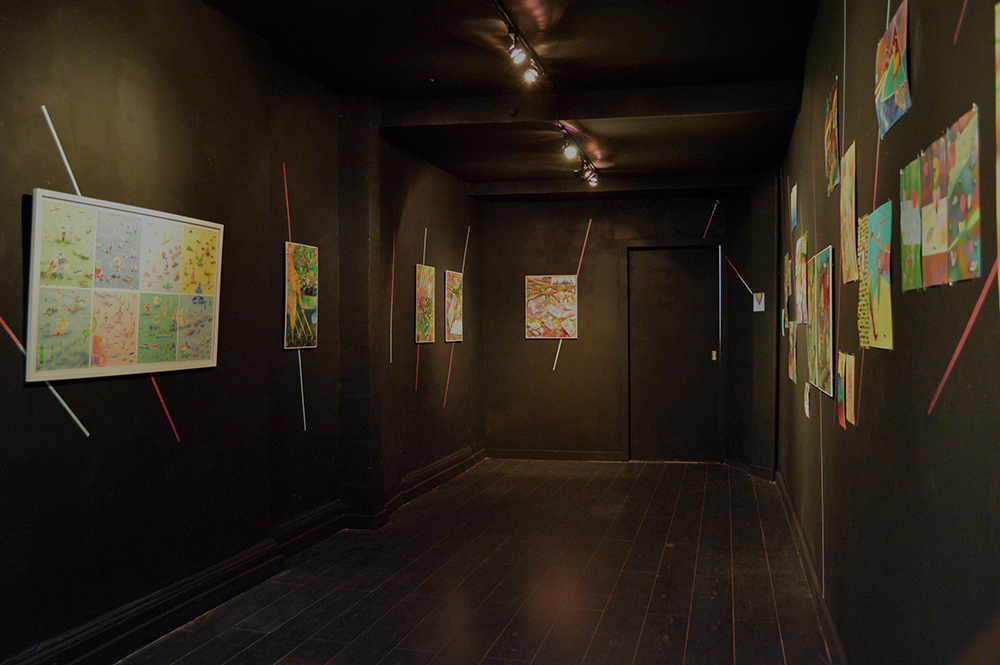


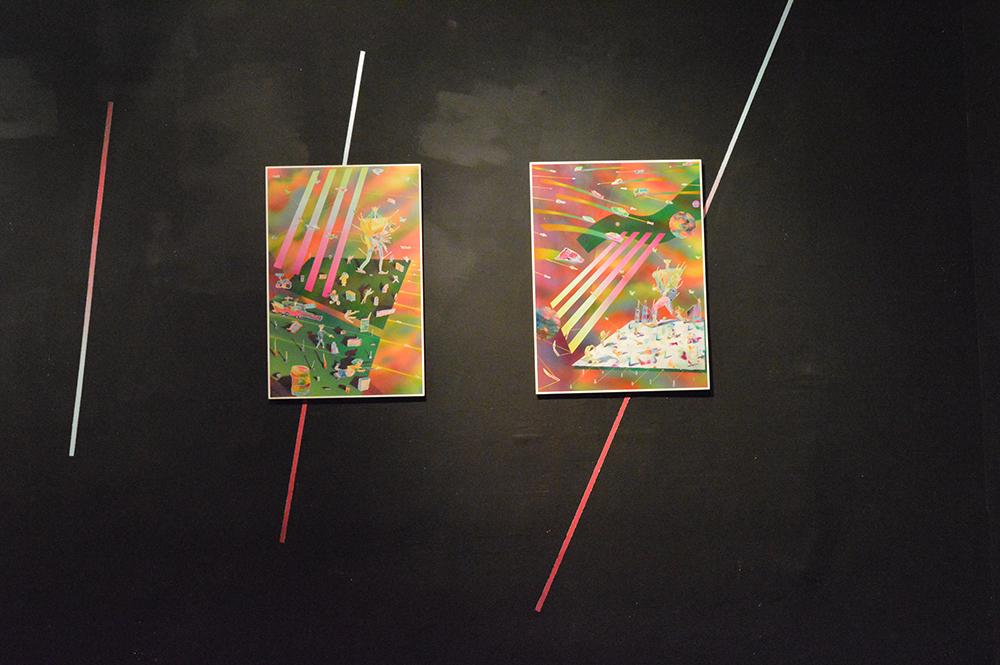



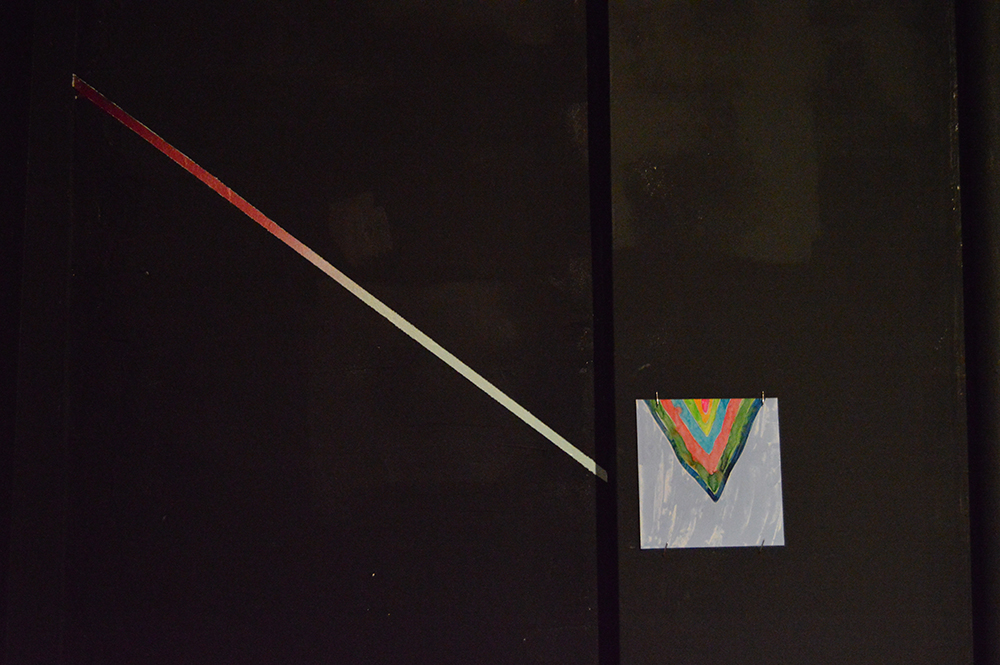
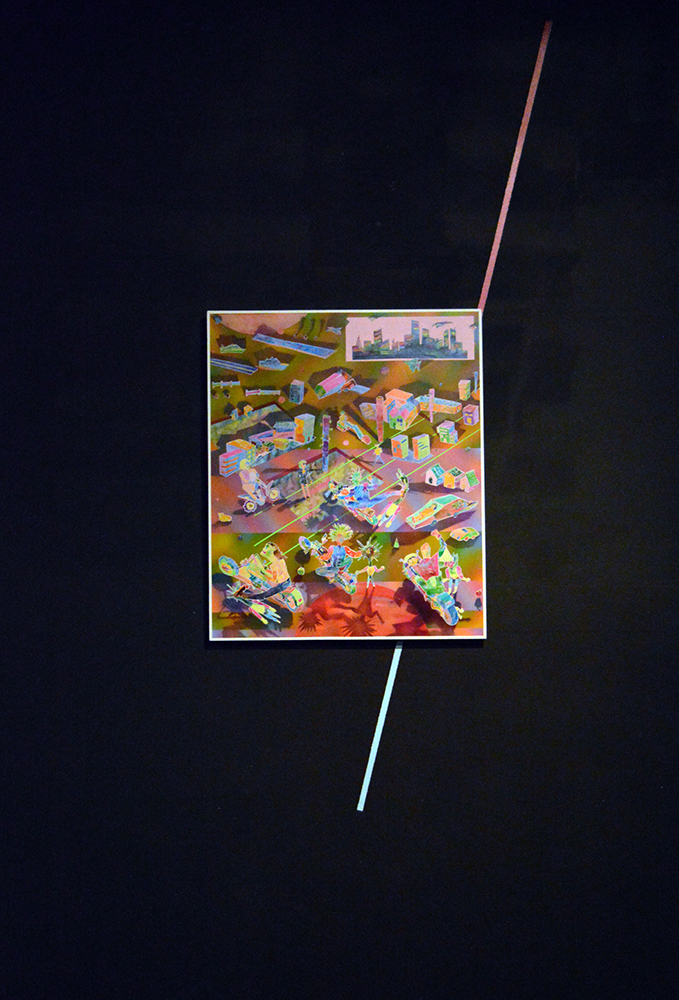
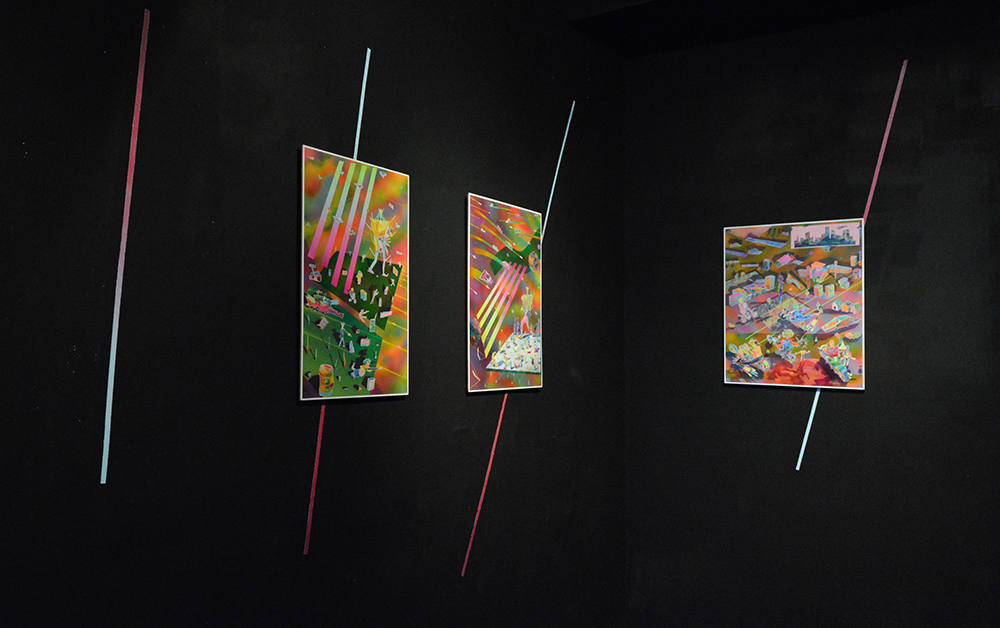

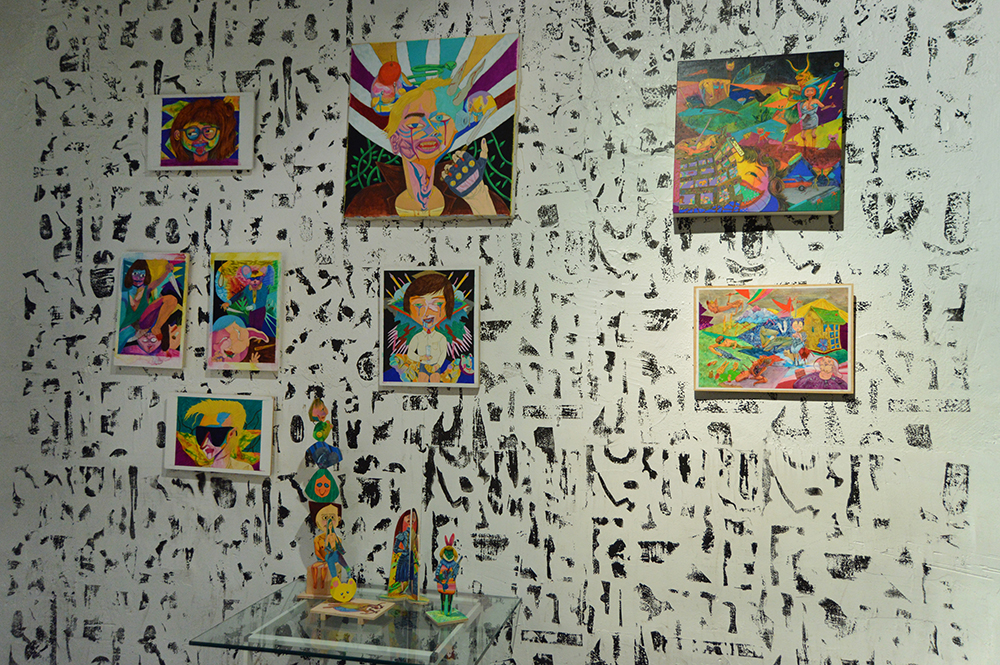
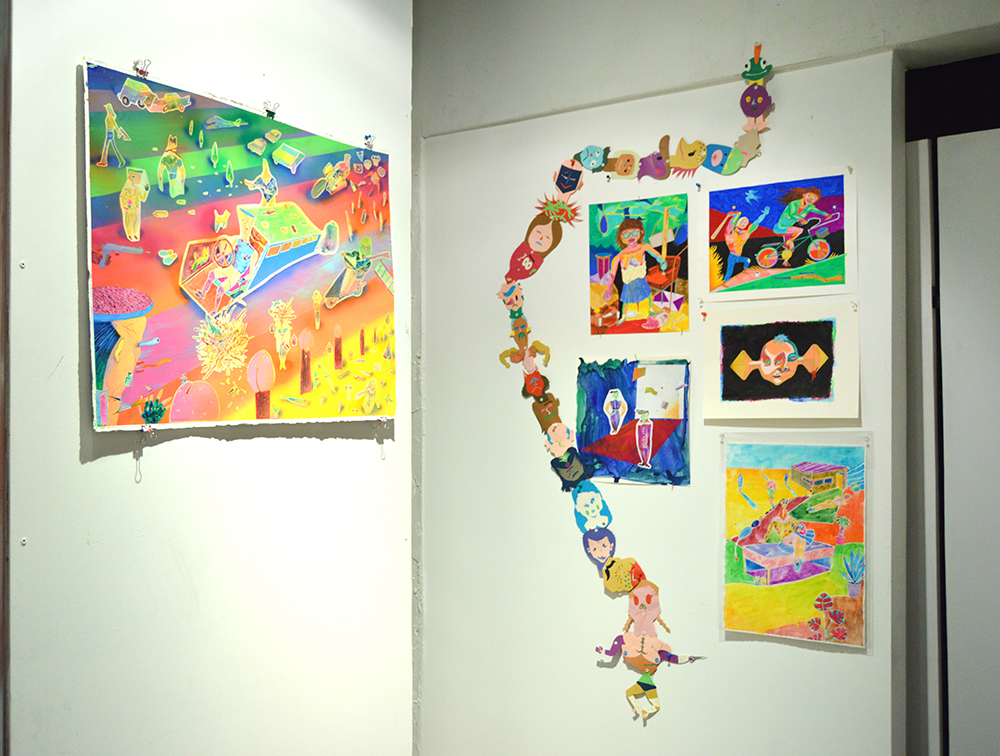
Tai Ogawa
Edge of Life at Kai Matsumiya
November 9th - December 31st 2014
Opening Reception: Sunday, November 9th, 7-9:30 pm
Kai Matsumiya presents Edge of Life by Tai Ogawa. The show will mark the artist’s US-debut exhibition. It will also be his first time in the United States.
Tai Ogawa (b. 1981) constantly reinvents his art practice for creating remarkable bodies of art work as a constant throughout his nearly decade long career, yet indubitably retains his consistent and identifiable signature style among all such works. Two bodies of art practrice investigate "atomization" and "borderlines" among other areas of art inquiry.
Profoundly bored by the limitations of flat, two dimensional surfaces, Tai’s newer works begin by the use of cut-out painted image-items, or what could be uncomfortably described as “collage” according to the artist. The inspiration for his change arrived from an edge-of-life motorcycle accident in Ibaraki, Japan -he fractured twenty ribs and remained unconscious for over a week.
Bright, colorful spray paint is employed for the background. Adhesive-based photo-paper cut in strips then are darted across the visual field in diagonals or horizontals, thereby instructing the implementations and pastings of collages. These image-items are bold, colorful, and often violent or playful, all of which are removed between and among each other but unified by color and expression. (see image below)
All representations never interact. There is an absolute adherence to aesthetic validations, visual unity, and abstract narrative themes fixed in the spirit of captured moments (“Urban Legend”, “Ghoul”, “Cleaning Duty”, “Crime Scene”). These works represent borderlines, all in the narrative, logical, and ontological (sculpture, painting, installation) senses. Tai thus directly investigates borderlines and atomization, all of which derive from the spirit of "aesthetics trumping lifelessness" according to the artist.
Related, Ogawa’s second body of work to be displayed will be painted rocks resembling tombstones on display at the storefront window peering onto Stanton Street in the Lower East Side. There is an interpretive cultural reference with rocks and the act of gathering rocks in Japanese culture. Japanese Buddhist mythology tells a tale of a limbo-place specifically for children who die prematurely and thereby cause suffering to their parents. They are sent to sai no kawara, where children’s souls are trapped within small mountains of rocks and pebbles by the riverbed. In the hopes of climbing out of limbo into paradise, visitors prey for the lost children. Ogawa gathers such rocks as an act of defiance and immorality. He then paints the essence of each rock and pebble to allow the dignity of expression for the lost children and their parents, as opposed to such rocks and pebbles left in states without distinguishable character.
Tai’s specific response to the white cube will be the “batcave”.
Tai currently envisions the walls in black in which the works will be spotlighted upon, all of which would unify large multi-colored-linear streaks attached to physical imperfections (nails, holes, dust) that are yet almost always evident in his newer works. The rocks containing the dead souls of children will be displayed at the storefront facing Stanton Street. The incongruous and jagged walls of the front-left-entrance of the gallery will display his works in a straight line, while the flat large wall at the front-right-entrance will be shown in a dispersed fashion.
Ogawa often credits influences by artists who successfully convey "aesthetic worlds" which should be "art worlds" in his opinion, including Mike Kelley, Tom Friedman, Marlene Dumas, Hieronymus Bosch, Henry Darger, Shinro Otake, and Kawai Misaki in his earlier years as an art student at Musashino Art University (BFA 2004 and MFA 2006). More recently, his attention has turned to Ragnar Persson and Laurent Impeduglia.
Ogawa will remain in New York City until November 13th before heading home for Ibaraki, Japan. It is also his first time in the United States. Please contact info@kaimatsumiya.com (617 678 4440) for scheduled visits with the artist. English-Japanese and Japanese-English translation will be necessary.




